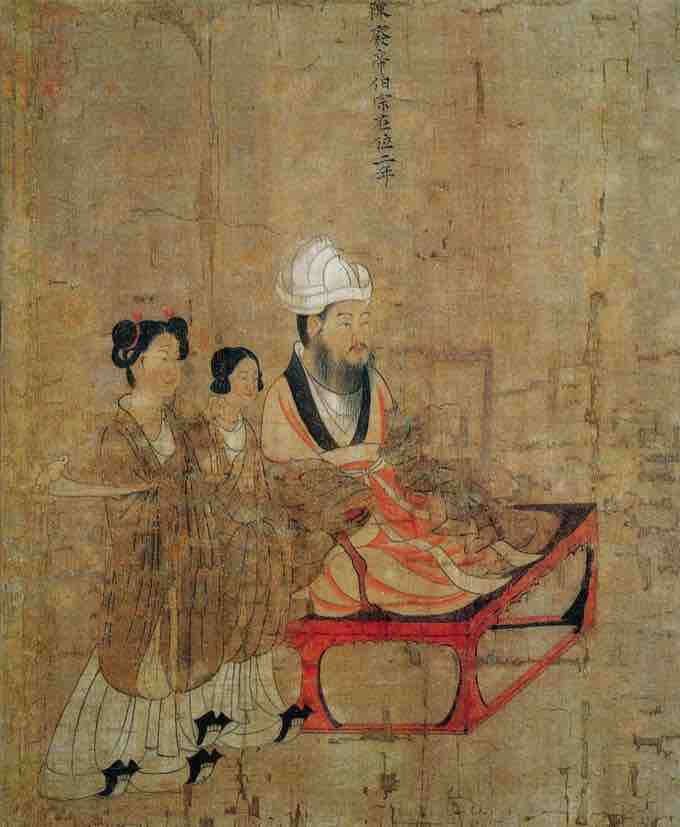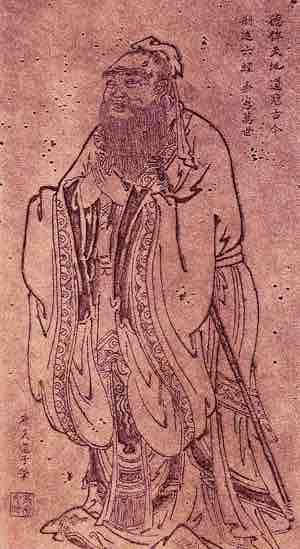Overview
During the Tang Dynasty, considered a golden age in Chinese civilization, Chinese painting developed dramatically, both in subject matter and technique. The advances in technique and style that characterized Tang Dynasty painting had a lasting influence in the art of other countries, especially in East Asia (including Korea, Japan, and Vietnam) and central Asia.
Developments in Painting
During the early Tang period, the painting style was mainly inherited from the previous Sui Dynasty. In this period, the "painting of people" developed greatly. Buddhist painting and court painting—including paintings of the Buddha, monks, nobles, etc.—played a major role in this. Figure painting eventually reached the height of elegant realism in the art of the court of Southern Tang (937-975). The theory of painting also developed during this time, and Buddhism, Taoism, and traditional literature were absorbed and combined into painting. Paintings on architectural structures, such as murals, ceiling paintings, cave paintings, and tomb paintings, were very popular, as exemplified in the paintings of the Mogao Caves in Xinjiang.
Painting of People
The painting of people reached a climax during this era. Brothers Yan Liben and Yan Lide were among the most prolific painters of this period. Yan Liben was the personal portraitist to the Emperor Taizong, and his most notable works include the Thirteen Emperors Scroll.

Yan Liben, Thirteen Emperors Scroll (detail)
Yan Liben was the personal portraitist to the Emperor Taizong.
The outstanding master in this field is Wu Daozi, who is referred to as the "Sage of Painting". Wu's works include God Sending a Son and The Teaching Confucius, and he created a new technique of drawing known as "Drawing of Water Shield." Most of the Tang artists outlined figures with fine black lines and used brilliant colors and elaborate detail. However, Wu Daozi used only black ink and freely painted brushstrokes to create ink paintings that were so exciting, crowds gathered to watch him work. From his time on, ink paintings were no longer thought to be preliminary sketches or outlines to be filled in with color; instead they were valued as finished works of art.

Wu Daozi, The Teaching Confucius (685-758)
The painting of people reached a climax under the Tang Dynasty.
Landscapes
The great poet Wang Wei first created the brush and ink painting of shan-shui, literally "mountains and waters." He further combined literature, especially poetry, with painting. The use of line in painting became much more calligraphic than in the early period. Li Sixun and Li Zhaodao (father and son) were the most famous painters of shan shui. In these landscapes, which were monochromatic and sparse (a style that is collectively called shuimohua), the purpose was not to reproduce exactly the appearance of nature (the technique of realism) but rather to grasp an emotion or atmosphere so as to catch the "rhythm" of nature.